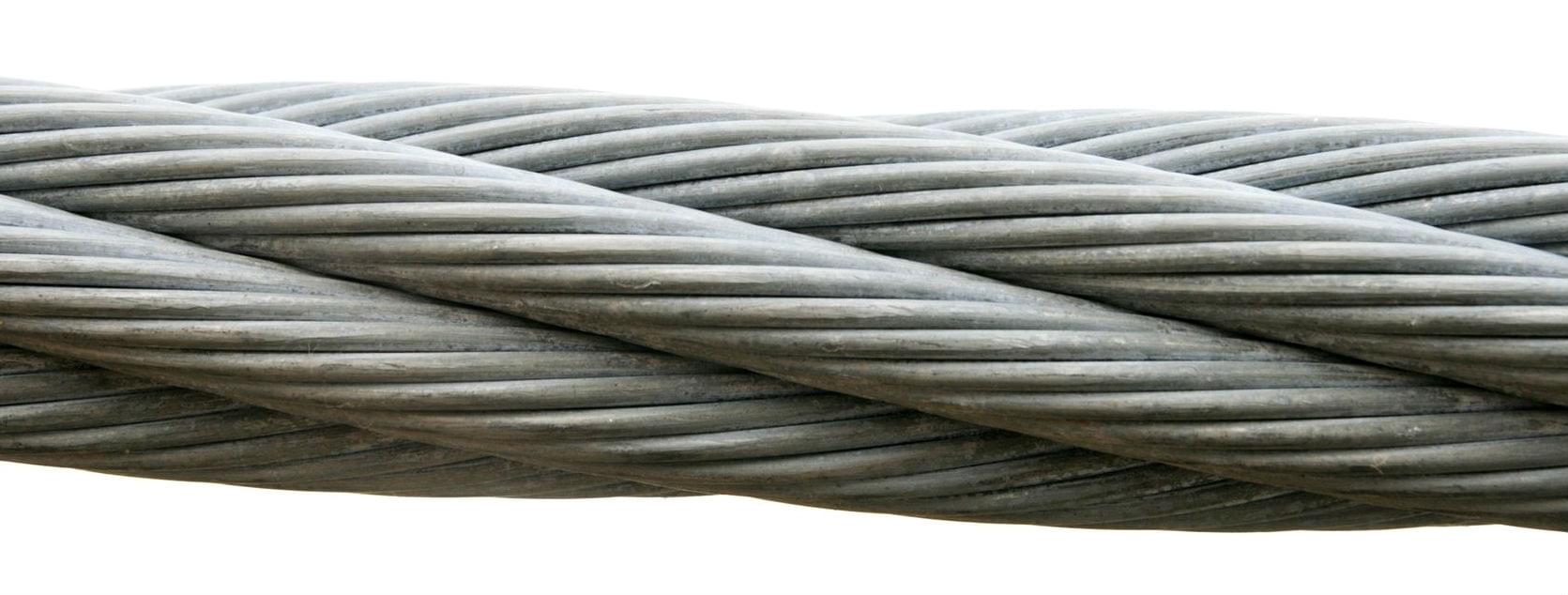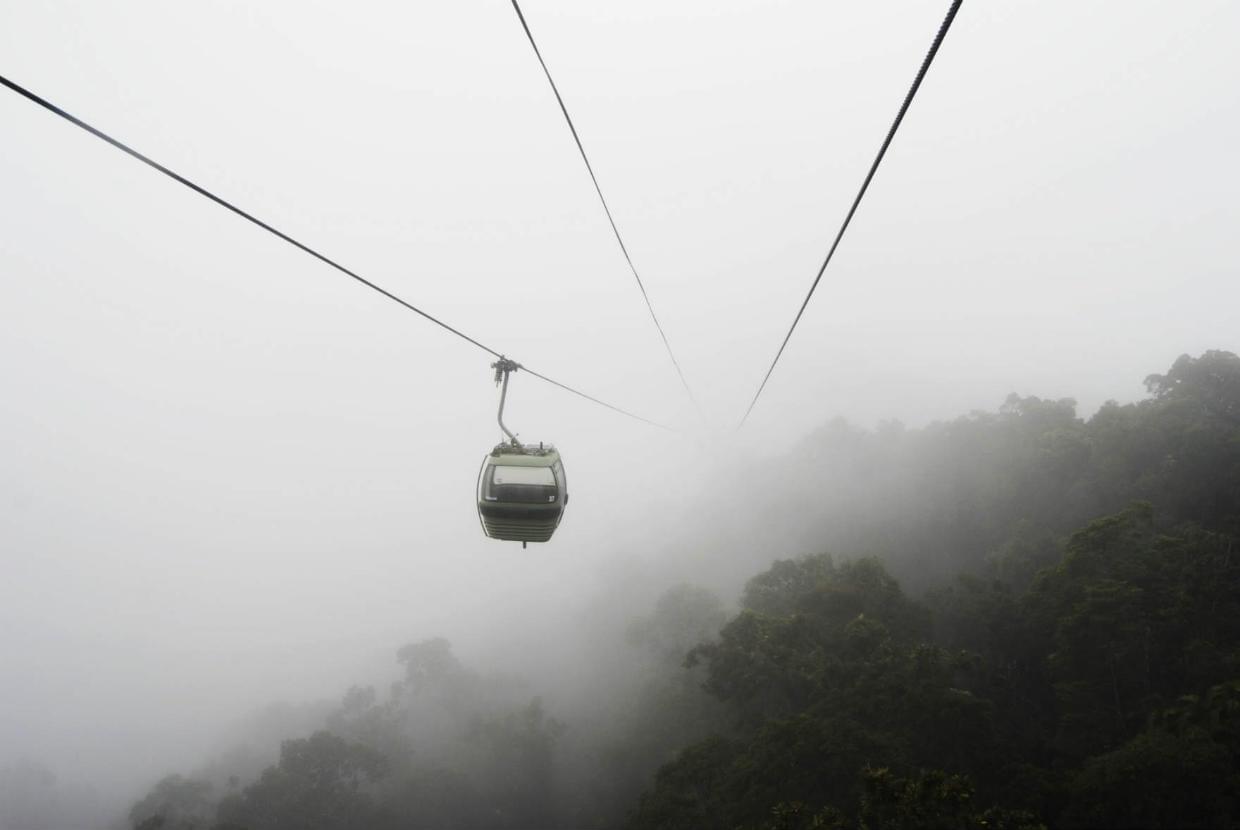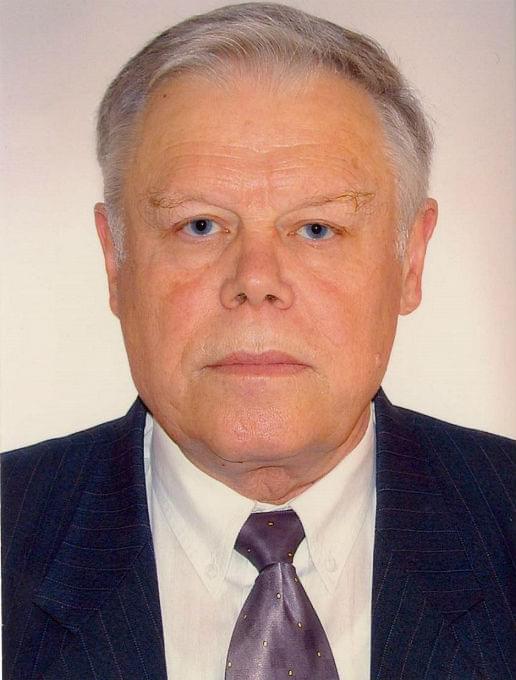
Ropes for mine winding installations
Book by Vladimir I. Berezhinsky
Safety and effectiveness of mine winding installations greatly depends on used ropes. Thus special attention should be paid to the their selection. This monograph introduces vast amount of information on ropes for mine winding installations and requirements for providing their safe operation.
Author explains features of various steel rope constructions, explains trade-offs of their usage while taking into account purpose and operational conditions, provides rope computation algorithms. Substantiates directions for further research directed towards minimizing the risk of accidents while fully using rope potential.
During winding installations working cycle ropes are exposed to variable force loads (stretching, contact, bending) and external aggressive environment. This causes emerging wire wear and reduced rope durability in general. This book examines pros and cons of different rope surveillance methods, allowing to reveal damages for further decision on replacement of worn out rope. Specific attention is paid to non destructive control over distributed (loss of metallic area) and local (wire breaks) defects.
For whom is this book written
This book might be interesting to technical workers and engineers working in mining industry, design and scientific institutions. Companies producing or using defectoscopes(rope testers). Used during educational process.Translation Partnership
The Book
Large amount of work on non-destructive testing (NDT) of steel wire ropes in mines and laboratory held testing of worn rope portions on horizontal tensile testing machines allowed to justify stochastic approach to the breaking strength evaluation of worn ropes on loss of metallic area (LMA). While using rope testers IISK for testing, breaking strength does not depend on local damages in cases when concentration of visually detected wire breaks doesn’t exceed the rejection norm for the number of wire breaks on the lay length of the rope.
Realization of the stochastic approach allowed to bypass the obstacle well-known to all specialists while testing loss of metallic area (LMA) by using non-destructive testing (NDT), - when at the same LMA values on different portions of the rope might exist significant difference in breaking forces. Was proposed the method of substantiation of rope discard criteria by LMA according to the results of NDT. These criteria were successfully used for several decades in numerous mines of the Soviet Union and are still used in the countries that became independent after the USSR collapse.
Theoretical foundations for discarding ropes with wire breaks were created based on the analysing results of fatigue testing of rope samples on hydraulic fatigue-testing machines. The wire breaks accumulation process could be described with mathematical apparatus for random point processes.
Whole process from the appearance of the first wire break until the destruction of the first strand consists of three stages:
- First stage – safe and slow accumulation of wire breaks since occurrence of the first break.
- Third stage – the accelerated avalanche accumulation of the wire breaks.
- Second stage - transition stage. Emergence and accumulation of broken wires relating to the second stage in the total aggregate of all accumulated wire breaks leads to a deviation from the mathematical model established for the first stage. That is the ground for well timed replacement of the damaged rope.
The real obstacle ourdays is low reliability of the detection of wire breaks by an absolute majority of the existing rope testers. Technical requirements to the rope testers are defined based on the results of bench examinations of several rope tester constructions of different manufacturers and different ropes with artificial damages. Bench tests were conducted at different tensile stresses, speeds of movement of the rope tester sensor head, at different LMA values (in percentages), etc.
Important Outcomes
New and important results in monograph are:
Translation Partnership / Contact
"Ropes for mine winding installations" is currently available only in Russian (“Канаты шахтных подъемных установок”, Moscow, University Book, 2015, ISBN 978-5-98699-163-4).
If you or your institution might be interested to have it translated into your language please let us know!
Please contact us by:
